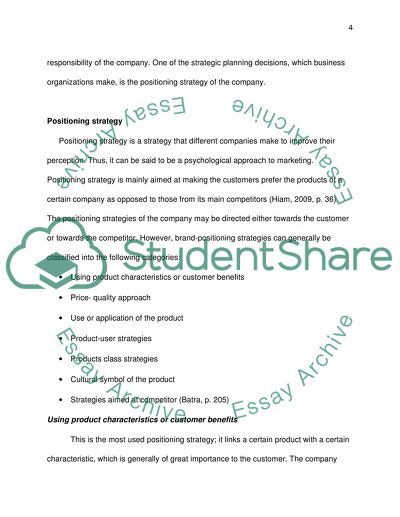Cite this document
(The Social Responsibility Marketing Strategy Essay Example | Topics and Well Written Essays - 2000 words, n.d.)
The Social Responsibility Marketing Strategy Essay Example | Topics and Well Written Essays - 2000 words. https://studentshare.org/environmental-studies/1410903-the-social-responsibility-marketing-strategy
The Social Responsibility Marketing Strategy Essay Example | Topics and Well Written Essays - 2000 words. https://studentshare.org/environmental-studies/1410903-the-social-responsibility-marketing-strategy
(The Social Responsibility Marketing Strategy Essay Example | Topics and Well Written Essays - 2000 Words)
The Social Responsibility Marketing Strategy Essay Example | Topics and Well Written Essays - 2000 Words. https://studentshare.org/environmental-studies/1410903-the-social-responsibility-marketing-strategy.
The Social Responsibility Marketing Strategy Essay Example | Topics and Well Written Essays - 2000 Words. https://studentshare.org/environmental-studies/1410903-the-social-responsibility-marketing-strategy.
“The Social Responsibility Marketing Strategy Essay Example | Topics and Well Written Essays - 2000 Words”. https://studentshare.org/environmental-studies/1410903-the-social-responsibility-marketing-strategy.


